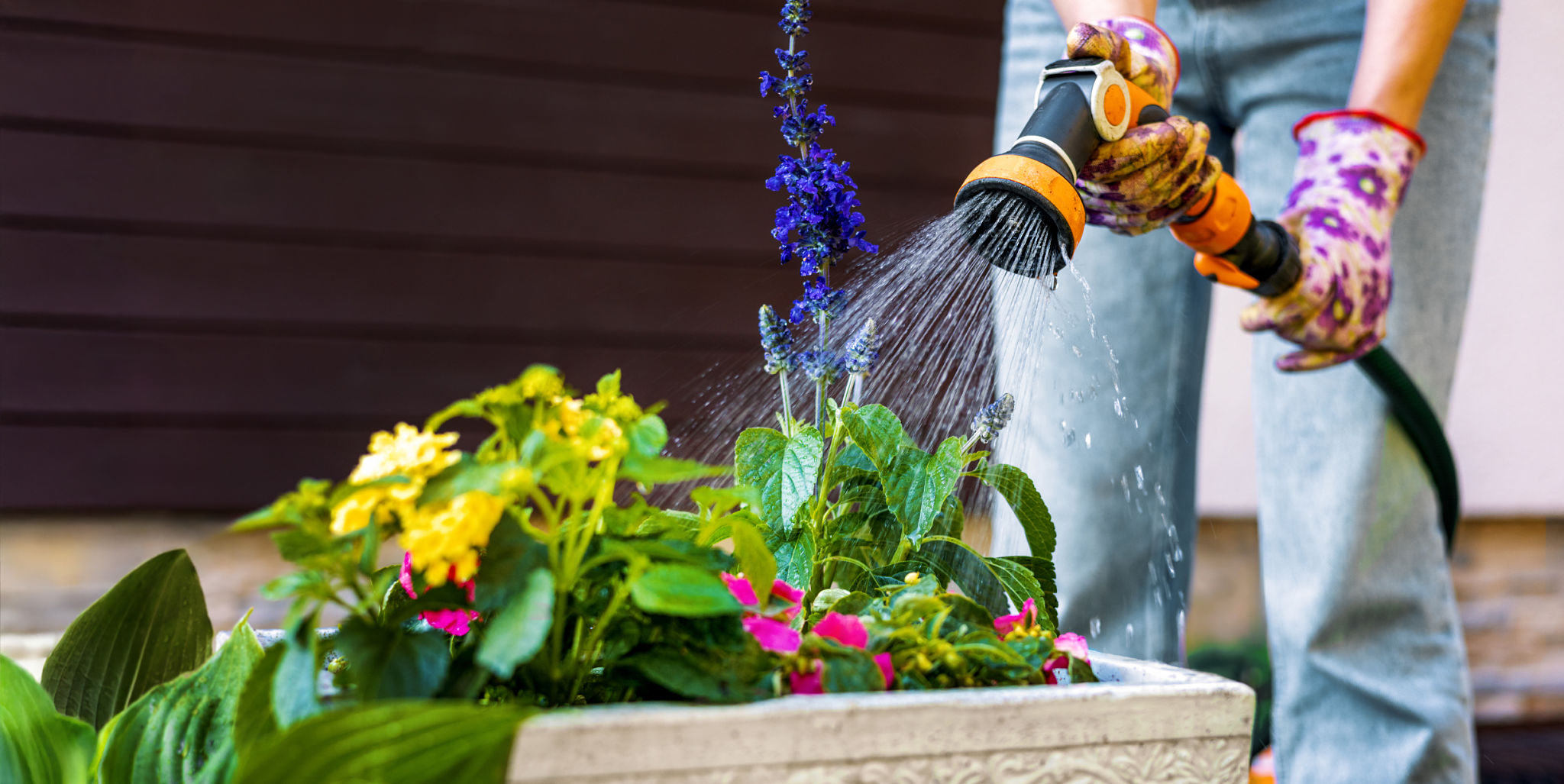Expert Tips for Maintaining a Thriving Edible Garden Year-Round
Understanding Your Garden’s Needs
Creating a thriving edible garden requires understanding the unique needs of your plants. Different plants have varying requirements for sunlight, water, and soil conditions. Start by assessing the amount of natural light your garden receives and select plants accordingly. For instance, leafy greens often thrive in partially shaded areas, while tomatoes and peppers prefer full sun.

Soil quality is another critical factor. Conduct a soil test to determine its pH and nutrient levels. Amend your soil with organic matter such as compost to enhance its fertility and structure. This will help your plants develop strong root systems and improve their resilience against pests and diseases.
Seasonal Planting Strategies
To maintain a productive garden year-round, it's essential to plan your planting according to the seasons. A well-thought-out planting calendar ensures you have fresh produce throughout the year. In spring, focus on planting cool-season crops like lettuce, spinach, and radishes. As summer approaches, transition to warm-season varieties such as cucumbers and squash.

Consider succession planting by sowing seeds in intervals to extend your harvest. For example, plant a new batch of beans every two weeks during their growing season. This technique helps maximize yield from limited space and keeps your garden productive.
Effective Watering Techniques
Watering is a crucial aspect of maintaining a healthy edible garden. Overwatering can lead to root rot, while underwatering can stress plants. Aim for deep, infrequent watering to encourage deep root growth. Using drip irrigation systems or soaker hoses can help deliver water directly to the roots, minimizing evaporation and conserving water.
Additionally, mulch your garden beds with organic materials like straw or wood chips. Mulching retains moisture, reduces weeds, and adds nutrients to the soil as it decomposes. Regularly check soil moisture by sticking your finger into the soil; if it feels dry an inch below the surface, it's time to water.

Pest and Disease Management
Protecting your edible garden from pests and diseases is vital for its success. Implement integrated pest management (IPM) practices that focus on prevention and control. Start by encouraging beneficial insects like ladybugs and bees, which naturally control pest populations.
Rotate crops annually to prevent soil-borne diseases from building up in the soil. Companion planting is another effective strategy; for example, plant marigolds near tomatoes to repel nematodes. If pests or diseases do appear, consider organic solutions like neem oil or insecticidal soap before resorting to chemical pesticides.

Regular Maintenance and Harvesting
Consistent maintenance is key to a thriving edible garden. Regularly inspect plants for signs of stress or disease and remove any affected foliage promptly. Pruning helps improve air circulation and encourages healthy growth.
Harvesting at the right time not only ensures the best flavor but also encourages plants to produce more. Pick fruits and vegetables when they are just ripe, and don't let them over-mature on the plant, as this can reduce overall yield.
Embrace Continuous Learning
Gardening is an ever-evolving hobby that benefits from continuous learning. Stay informed about best practices by connecting with local gardening groups or attending workshops. Experiment with new plant varieties and techniques each season to discover what works best in your garden's unique environment.
By following these expert tips, you can enjoy a bountiful edible garden year-round, providing fresh produce for your table and a rewarding gardening experience.
